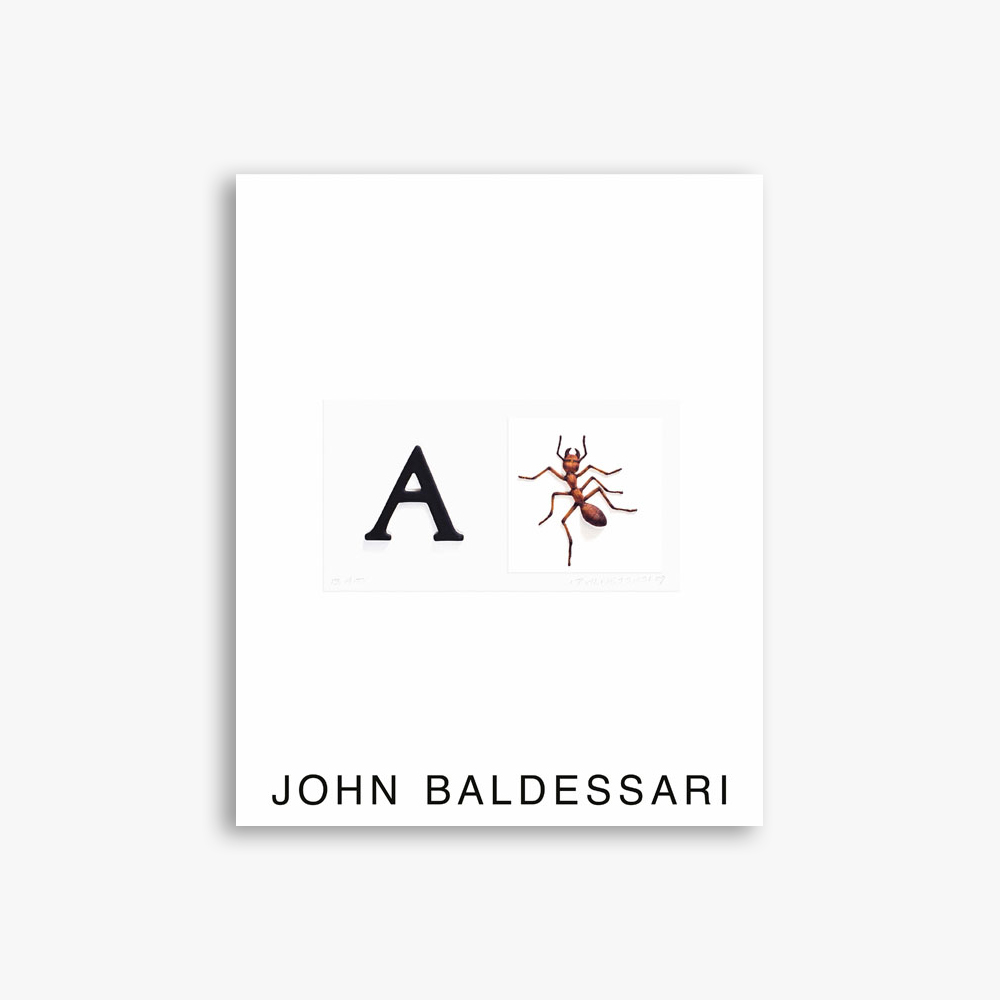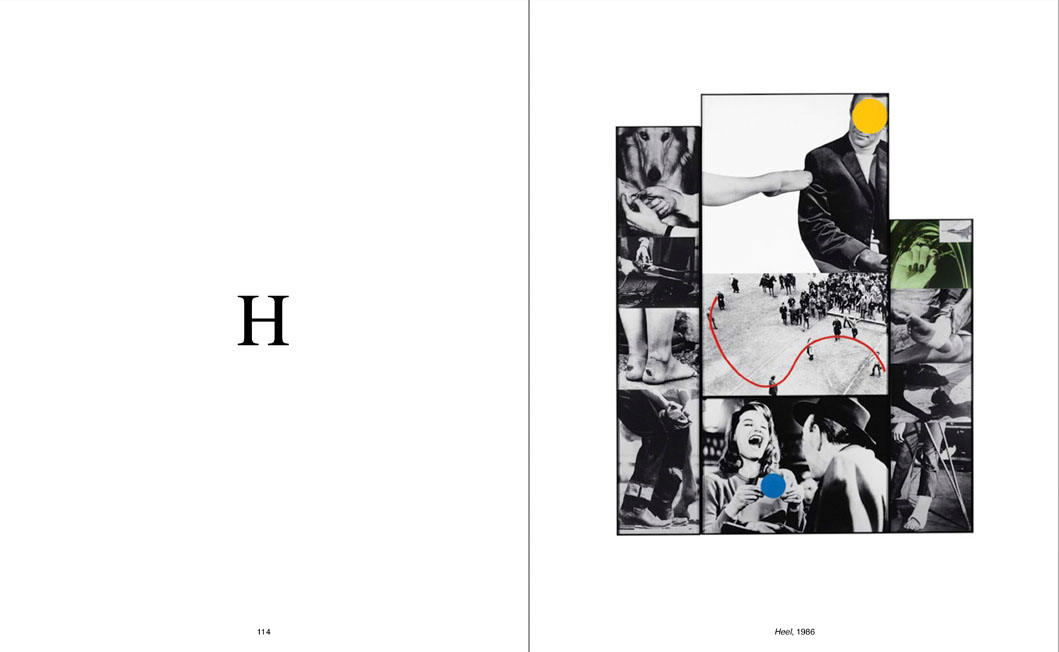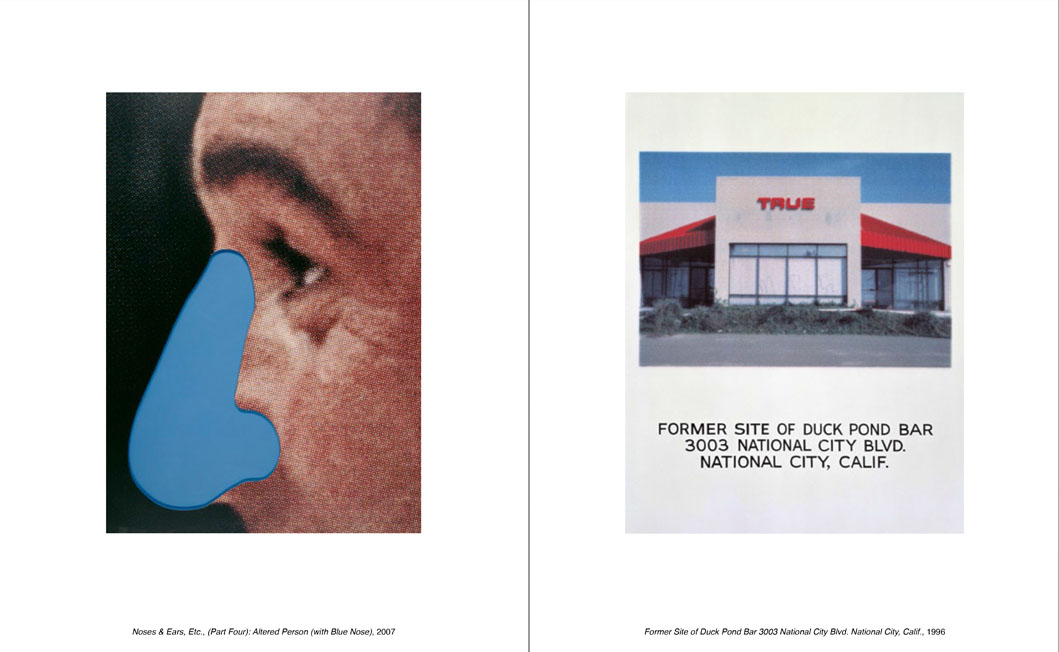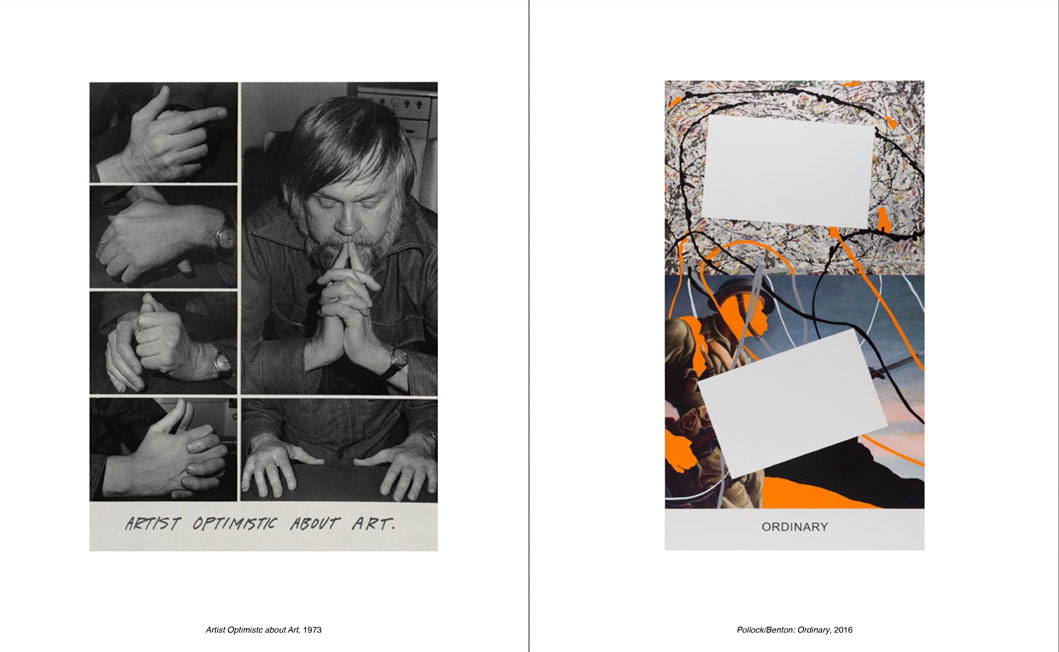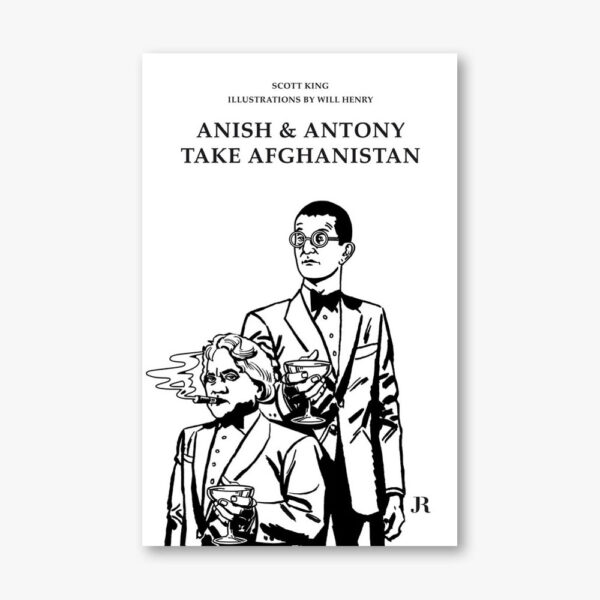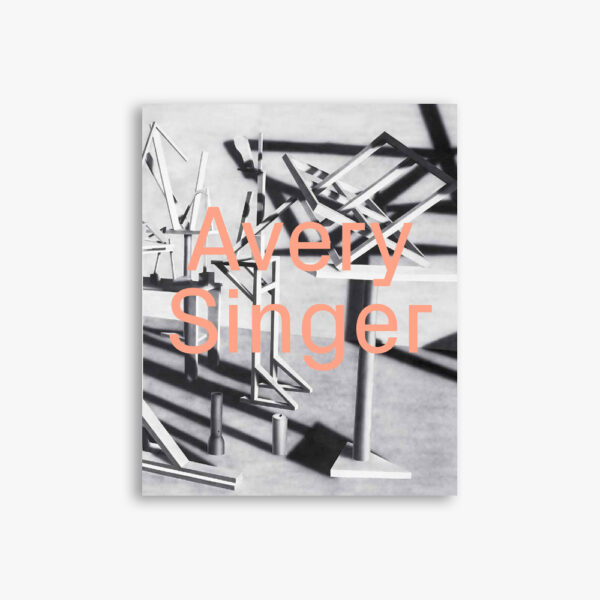A Portrait of the Artist as An Inspiring Teacher
As ludic and non-authoritarian as John Baldessari’s art, this new monograph on the “father of Conceptual art” is dedicated to his practice as an artist and a teacher, and the many ways in which both practices intertwine in his life. Having been trained as an arts educator, John Baldessari is today renowned for his work as much as for his innovative post studio class at CalArts, Los Angeles, where he has formed many generations of artists and participated in shaping the West Coast art scene.
Visually organized in alphabetical order, “Learning to Read with John Baldessari”—which accompanies a retrospective of his work at Museo Jumex, Mexico City, from November 11, 2017, to April 8, 2018—gathers together a comprehensive essay on the artist’s approaches to art making and teaching, a biography of the artist as a teacher, artworks reproduced thematically, and many stories and anecdotes told by former students such as Liz Craft, Ed Henderson, Matt Mullican, Tony Oursler, David Salle, about their years at CalArts, and the uniqueness and serious playfulness of their formation. Emphasizing Baldessari’s works in which language, task making, and learning processes are tackled, this publication highlights what the artist describes as the central function of art making: to communicate in a way that people can understand.
John Baldessari (*1931) is a key proponent of Conceptual art and one of the most important figures in contemporary art of the last 40 years. Since his sensational “Cremation Project” in 1970, which involved burning all the paintings he had made between 1953 and 1966, his work has revolved around the relationships between language and image as forms of expression. In his painting, photography, film/video, collage, and reliefs, he explores the mechanisms of media representation, as well as the subject of artistic work itself. Baldessari began integrating images and text from advertising and movies into his works and building up a large archive of film stills, publicity, and press photographs early in his career. This image material is then contrasted, cropped, and processed in numerous variations and visual realizations. Since 1980, the artist has worked mostly without text in series of photographs and pictures, while continuing to deal with conflicts and constructions of narrative content. Throughout his oeuvre, overpainting, voids, gaps, and withheld information increasingly take on the function of the language evoked in the viewer.
Published with Museo Jumex, Mexico City.
